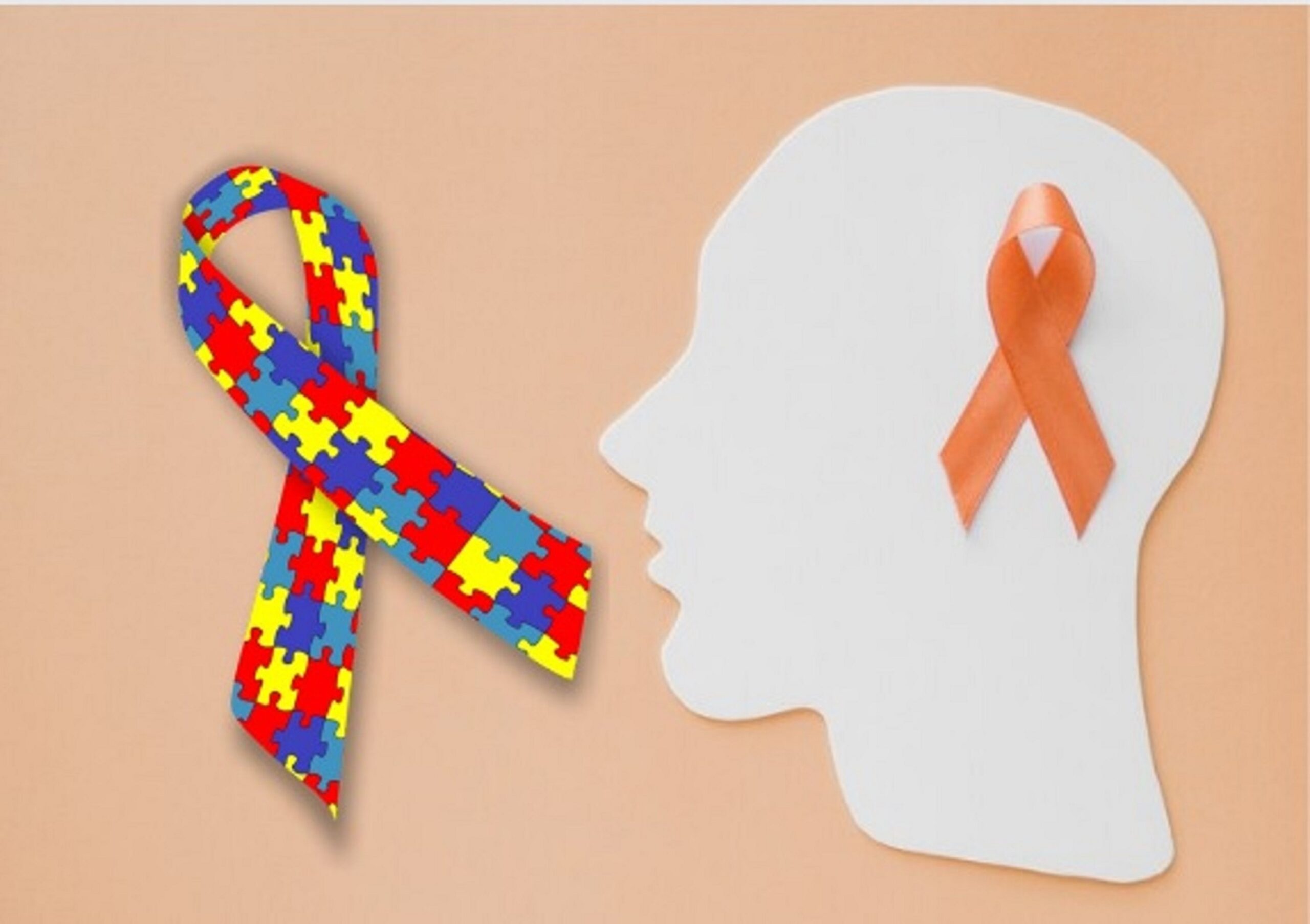According to the Centers for Disease Control and Prevention (CDC), ADHD is one of the neurodevelopmental disorders of childhood. Children diagnosed with ADHD usually struggle to pay attention at any given time, they are impulsive, i.e. they act without thinking about the reaction or consequences; and they can be overly active- they can hardly stay in one place for a period of time.
ADD is the ‘outdated name’ for ADHD. Earlier on, a child would be diagnosed with ADD with or without hyperactivity or impulsivity, but now the official medical term used is ADHD. Dr. Dodson (2022) explains that there are 3 distinctive subtypes of Attention Deficit:
1. The predominantly inattentive type, which was traditionally called ADD. Most people with this condition are easily distracted and forgetful (can even forget details of daily routines), have a hard time organising and finishing up tasks, have difficulty paying attention to details, or following instructions or conversations.
2. The predominantly hyperactive-impulsive type, which is traditionally called ADHD. These people have a bouncing-off-the-wall kind of energy. They fidget, squirm, and talk a lot; they have difficulty sitting still (even to finish up a meal). Younger children with this condition may run, jump, and climb constantly. They are most often restless and have trouble with impulsivity- they interrupt others, grab at things, and speak at inappropriate times—they have difficulty waiting their turn. People with this presentation have more accidents and injuries than most people.
3. A combination of both. They present with a mix of the symptoms above.
According to the DSM-5, there is no difference between ADD and ADHD; they are considered subtypes of the same condition and have the same diagnosis.
Scientists are still studying the causes and risk factors in order to help find better ways to manage and reduce the chances of a diagnosis of ADHD. A diagnosis involves several steps and processes, including a medical exam and a checklist for rating ADHD symptoms based on observations and the child’s history from parents, teachers, and caregivers.
ADHD is treated with a combination of behaviour therapy, coaching (from parents and family), support (teachers and school environment) and sometimes medication. Good treatment plans also include close monitoring, follow-up, and making the necessary changes as and when needed.
Let’s note that ADHD can last into adulthood; there are adults today with ADHD who have not been diagnosed yet.
Seek early intervention.
References:
https://www.cdc.gov/ncbddd/adhd/facts.html
https://www.psychiatry.org/patients-families/adhd/what-is-adhd



